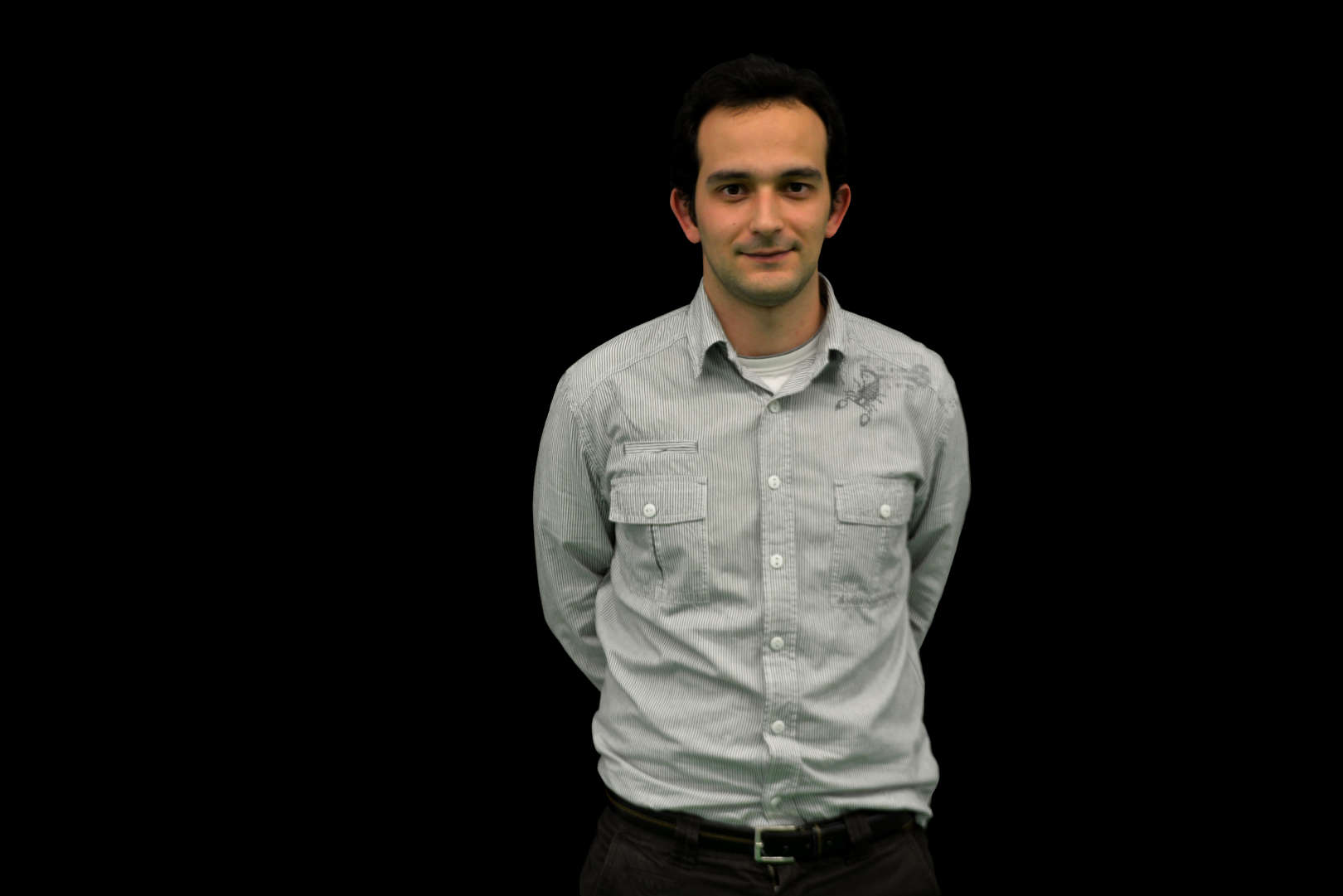About
Andry Maykol Pinto concluded the Doctoral Program in Electrical and Computer Engineering with thesis related to Robotics, from the Faculty of Engineering of the University of Porto, in 2014. At the same institution, he obtained a Master in Engineering Electrotechnical and Computers in 2010. Currently, he works as a Senior Researcher at the Center for Robotics and Autonomous Systems at INESC TEC and as an Assistant Professor at the Faculty of Engineering of the University of Porto.


